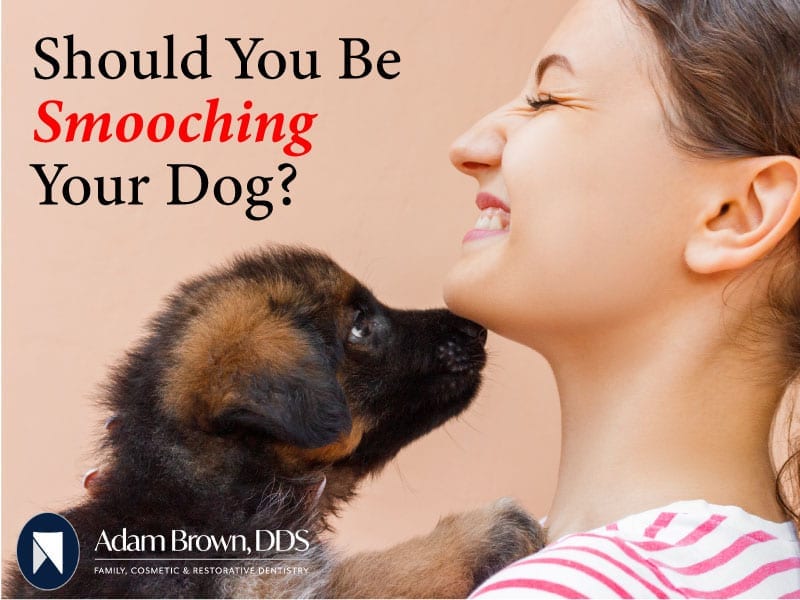Why Aren’t My Kid’s Teeth Coming In?

For a kid, the strange feeling of losing that first tooth means everything. The slight pain it causes as it slowly detaches from the gums, and the pleasure felt of sticking your tongue through its absence serves as a right of passage, a moment in time that distinguishes that transfer of child to kid, and eventually to young adult. But what to do when the new, adult tooth doesn’t seem to be breaking through? What if it doesn’t come in at all?! At Adam Brown DDS, we’ve had plenty of experience with this phenomenon and we are happy to share our insight with you.
Children begin losing their teeth around the age of six, but it’s not unheard of for a few teeth to loosen and fall out as early as the age of four—the process of losing teeth can last until the age of thirteen or so. Losing the teeth is usually not a problem, however, new teeth coming in can cause some issues: sometimes they come in crooked, sometimes they are too big for the space left, and sometimes they take their sweet time in breaking through the gums.
Crooked teeth and too many teeth for such a crowded space can be fixed, but when the tooth itself is not growing things can get a bit complicated. But don’t panic! We have seen and worked with it all before.
When a child loses a tooth, typically, it can take anywhere from a week to six months for the new tooth to fully erupt.
One thing to note: if the tooth has erupted but is taking a long time to grow, worry not. This is normal. The tooth will catch up and fully grow. It takes some teeth longer than others to get up there. On the other side of this, if six months have passed after losing a tooth and the new one has not yet broken through, it is a good idea to make an appointment with us to check it out. This way, we can evaluate the jaw, teeth, and gums to see where the problem is and make a plan for resolving it.
Common Reasons for Slow (or Non) Growth
Here are the most common culprits for lack of growth, but before diagnosing your child, be sure to schedule a quick visit with us just to be sure:
- Not Enough Room in the Jaw. Sometimes the reason a tooth won’t erupt is due to the jawbone simply not being big enough. When the baby teeth are lost, the room is made for new teeth—however—those new, adult teeth are not the same size, they are actually bigger and take up more space. This is the reason why dentists tell parents not to worry if they notice gaps between their children’s baby teeth. These spaces will be filled with adult teeth. A problem arises when the child’s jaw can’t accommodate the new growth, which can cause the new teeth to halt their progress because if they do try and squeeze in, they can become impacted and malformed. Luckily, since the jawbone is still growing at this age, interceptive orthodontics can be used to help encourage the jaw to expand. Worst-case scenario, surgery can be performed to make room in the mouth for new teeth—but this is extremely rare.
- Directional Issues. Teeth can have a mind of their own and sometimes they don’t want to break through because they are moving in the wrong direction. This problem can occur whether there is enough room in the gums or not, and this is easy to spot since once the tooth starts to erupt it is obvious it is not coming in straight. At Adam Brown DDS, we have found that tooth extraction is one way to fix this issue, but we try and save tooth removal as a last resort. Instead, we first try and coax the tooth into its proper place through orthodontic treatments. We have seen a lot of success with this process, especially if we are able to catch the tooth as it is still early in the eruption process.
- Naturally Missing Teeth (from birth). Congenitally missing teeth are, surprisingly, pretty common. Usually, we see this phenomenon with the wisdom teeth: it’s normal for adults to be missing one or both of the upper lateral incisors or second premolars, and we have found that this happens due to genetics so if you are missing one or a few teeth because they never erupted, chances are you are not the only one within your family. With congenitally missing teeth though, the permanent teeth actually never develop at all, and since they are not developed, they never push the baby teeth out. If the baby teeth do eventually come out, due to decay or trauma, no tooth will grow in the absence. What to do in this situation? Typically, we create a bridge or partial denture to fill the gap (one tooth or multiple teeth), but we can also perform dental implant surgery that will work as a permanent fix that looks the most natural. One side note, this type of surgery should not be performed while the jawbone is still growing.
- Extra Teeth. Conditions such as a cleft palate, Gardner’s syndrome, and cleidocranial dysostosis can cause supernumerary teeth to develop, but these extra teeth can come in on their own as well, though this is uncommon. When the dental arch inside the mouth can serve as a wall, blocking the permanent teeth from erupting or developing at all. Thankfully, there are orthodontic treatments to fix this issue, the most common of them involve extracting the tooth or teeth.
- Primary Failure of Eruption (PFE). In some of the rarest cases, permanent teeth are present beneath the gums and have a clear path for growth, but they fail to erupt or they begin to erupt and then mysteriously stop growing. It turns out that PFE is actually genetic, and when found there are multiple methods of treatment. The most common is oral surgery and specified treatment to encourage the teeth to come out or commence growing. Sometimes extractions are needed then braces are used to pull the teeth in to fill the empty space—dental implants can also be used to fill space.
Another similar issue that can arise is when the tooth or teeth are fused to the jawbone and are unable to break loose and erupt the gums. Luckily, there is a surgical procedure that can loosen the tooth from the bone. After the surgery and a few treatments, the problem area should grow.
We Can Help
Remember, if your child’s teeth are not coming in, or they started growing then stopped, don’t panic! The need for major cosmetic surgery is extremely rare. In our experience, we have found that spending time to diagnose the issue and using precise, proven treatments will work in coaxing those stubborn teeth to full growth. Make an appointment with us today so we can help you and your child maintain proper oral health.

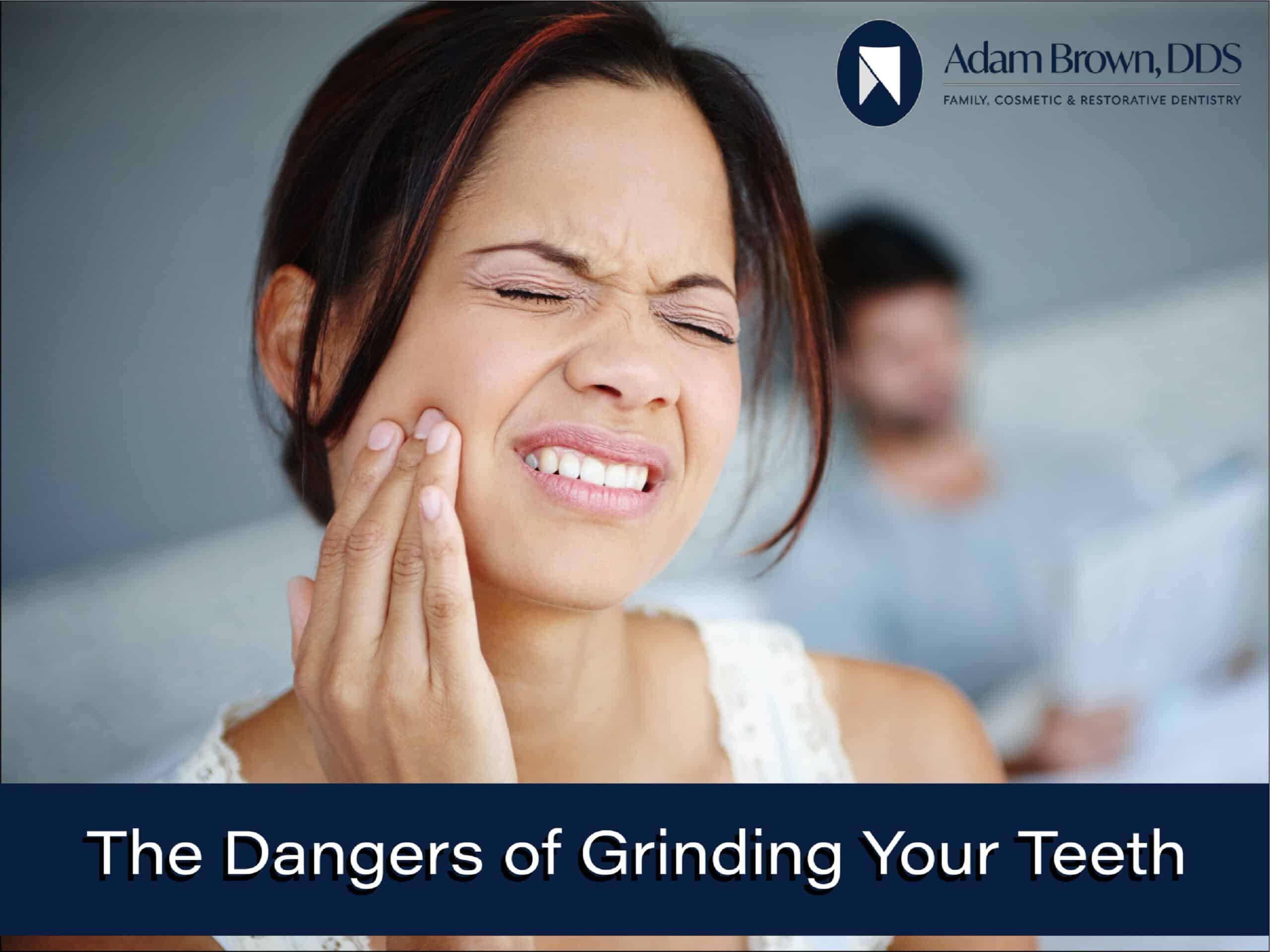
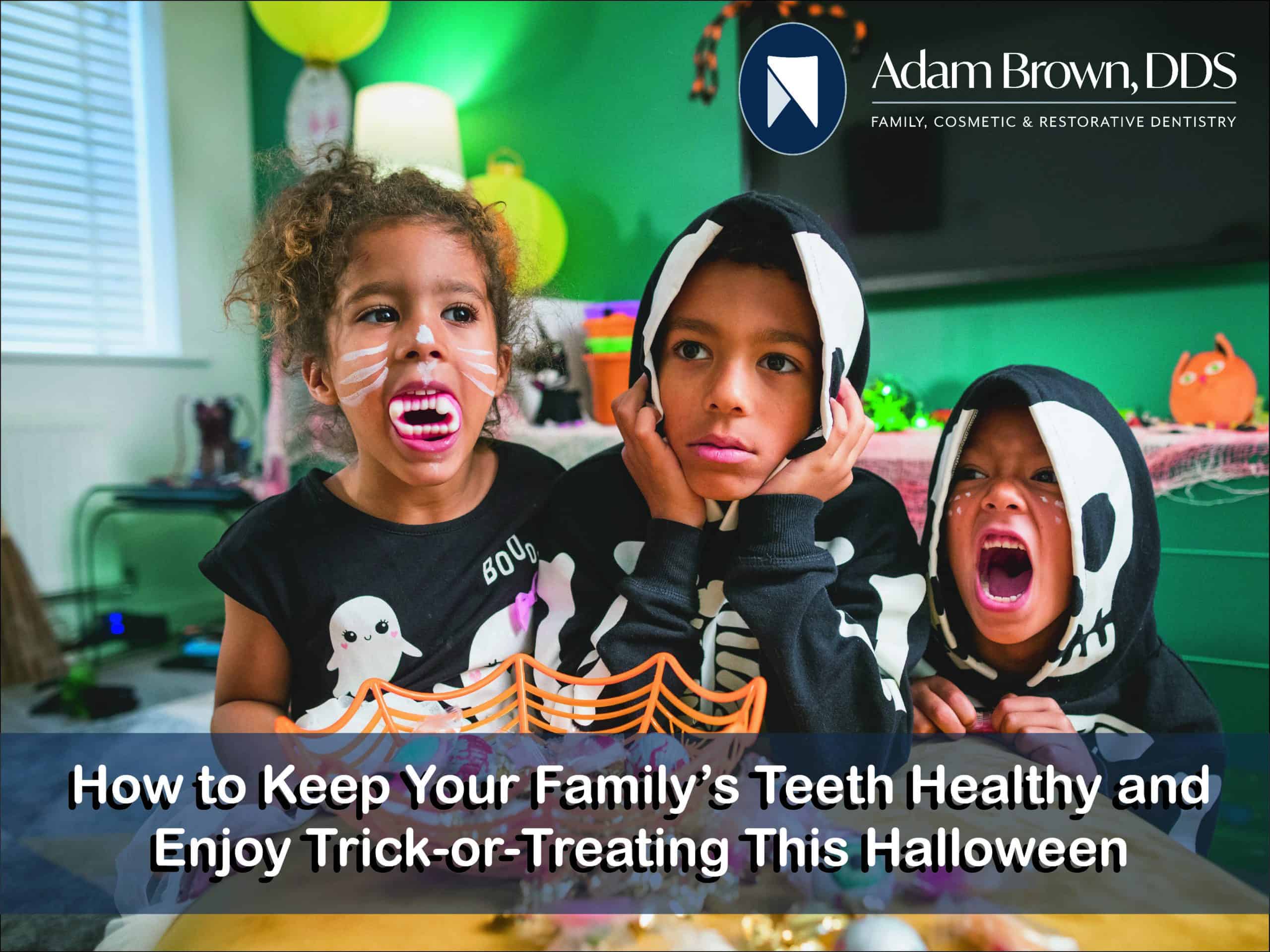
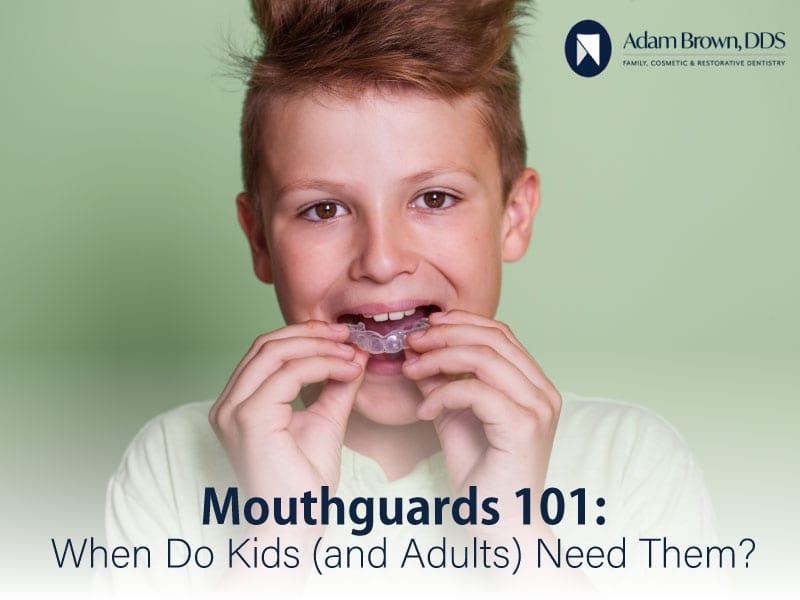


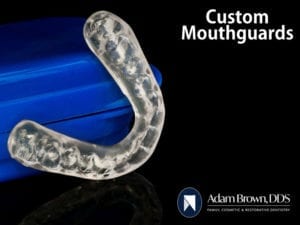 of your teeth and fabricate a mouthguard to the exact specifications of your teeth and mouth structures. Kids who play sports regularly can greatly benefit from custom mouthguards, as can adults who deal with snoring or sleep apnea.
of your teeth and fabricate a mouthguard to the exact specifications of your teeth and mouth structures. Kids who play sports regularly can greatly benefit from custom mouthguards, as can adults who deal with snoring or sleep apnea. 
